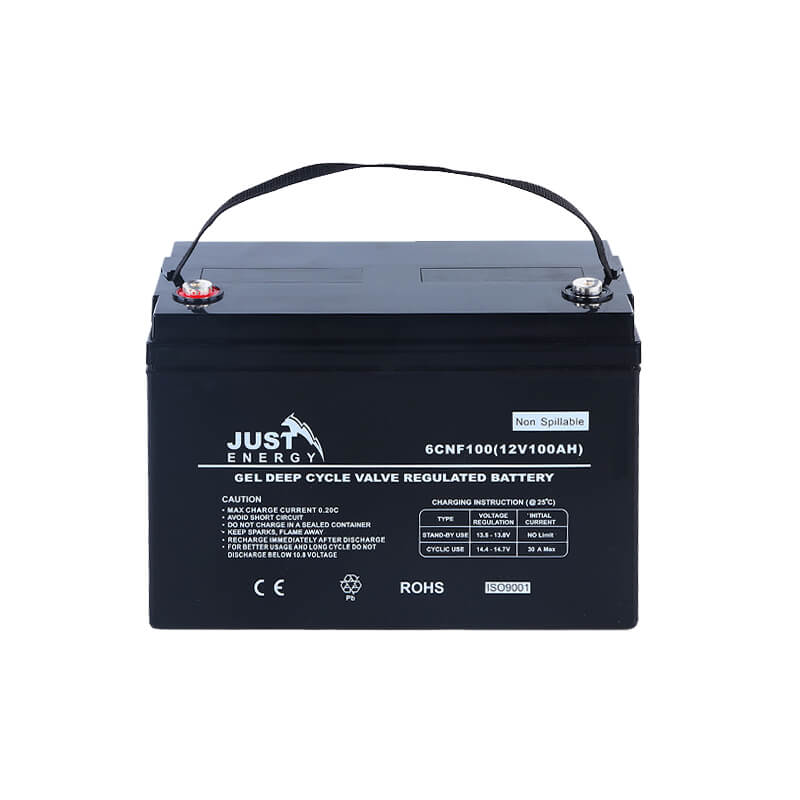What is a Residual Current Relay?
A Residual Current Relay (RCR) is a protective device used in electrical systems to detect and respond to residual currents, which are indicative of electrical faults such as ground faults or leakage currents. Residual currents occur when there is an imbalance between the live (phase) and neutral currents in an electrical circuit, usually due to insulation failure, equipment malfunction, or accidental contact with live parts.
Residual Current Relays are designed to enhance the safety of electrical installations by quickly detecting these imbalances and triggering protective measures, such as opening a circuit breaker, to isolate the faulty section and prevent potential hazards such as electric shock, fire, and equipment damage.
Where is a Residual Current Relay Used?
Residual Current Relays are widely used in various settings where electrical safety is a priority. Common applications include:
Residential Installations: RCRs are used in homes to protect against electrical shocks and fire hazards caused by faulty wiring or appliances. They are often integrated into consumer units (fuse boxes) to provide whole-house protection.

Commercial and Industrial Buildings: In commercial and industrial environments, RCRs protect personnel and equipment from electrical faults. They are commonly found in distribution panels, control cabinets, and machine installations.

Healthcare Facilities: Hospitals and clinics use RCRs to ensure the safety of patients and medical equipment, particularly in critical areas like operating rooms and intensive care units.
Construction Sites: Temporary electrical installations on construction sites utilize RCRs to safeguard workers and equipment from electrical hazards, ensuring compliance with safety regulations.
Public Spaces: RCRs are installed in public areas such as schools, offices, and recreational facilities to protect the general public from electrical accidents.
Residual Current Relay Working Principle

The working principle of a Residual Current Relay is based on the detection of the difference between the current flowing through the live (phase) conductor and the current returning through the neutral conductor. Under normal conditions, the current in the live conductor should equal the current in the neutral conductor, resulting in a net current of zero. Any deviation from this balance indicates a fault condition.
The key components and steps in the operation of an RCR are:
Current Sensing: The RCR uses a current transformer (CT) or a differential transformer to monitor the live and neutral currents. The CT is typically a toroidal coil through which the live and neutral conductors pass.

Detection of Imbalance: The CT detects any imbalance between the live and neutral currents. If an imbalance is present, a residual current (also known as leakage current) flows through the secondary winding of the CT.
Signal Processing: The residual current generates a signal proportional to the imbalance. This signal is fed to the relay’s electronic processing unit, which compares it to a predefined threshold value.
Relay Activation: If the residual current exceeds the threshold, indicating a fault condition, the electronic unit activates the relay. This activation typically involves closing or opening contacts to send a trip signal to a circuit breaker.

Circuit Interruption: The trip signal causes the connected circuit breaker to open, disconnecting the faulty circuit from the power supply. This isolation helps prevent electric shock, fire, and further damage to the electrical system.
Reset and Monitoring: After the fault is cleared, the RCR can be reset manually or automatically, depending on its design. Continuous monitoring ensures that any future faults are promptly detected and addressed.
Conclusion
Residual Current Relays play a crucial role in enhancing electrical safety across various applications. By detecting and responding to residual currents, RCRs help prevent electrical accidents, protect equipment, and ensure compliance with safety standards. Understanding the basic knowledge of Residual Current Relays, including their function, applications, and working principle, is essential for anyone involved in the design, installation, and maintenance of electrical systems.






